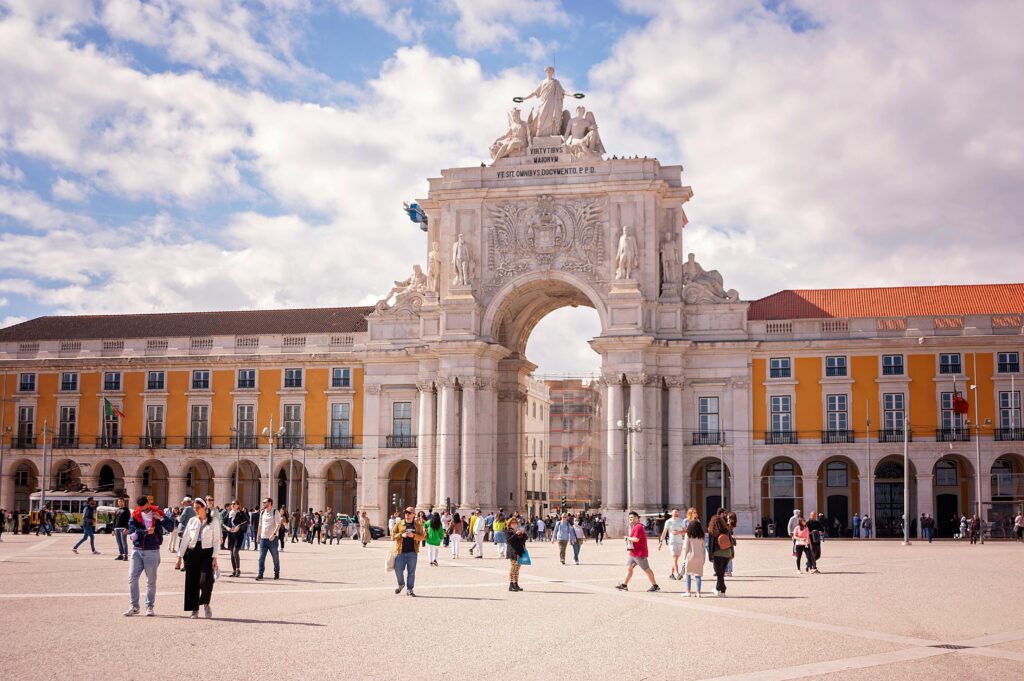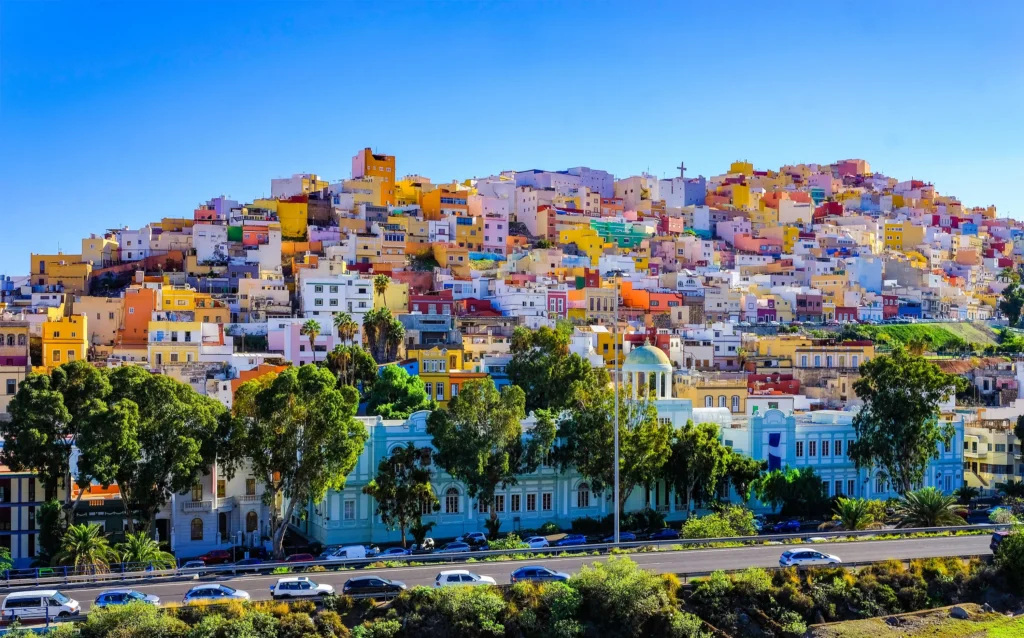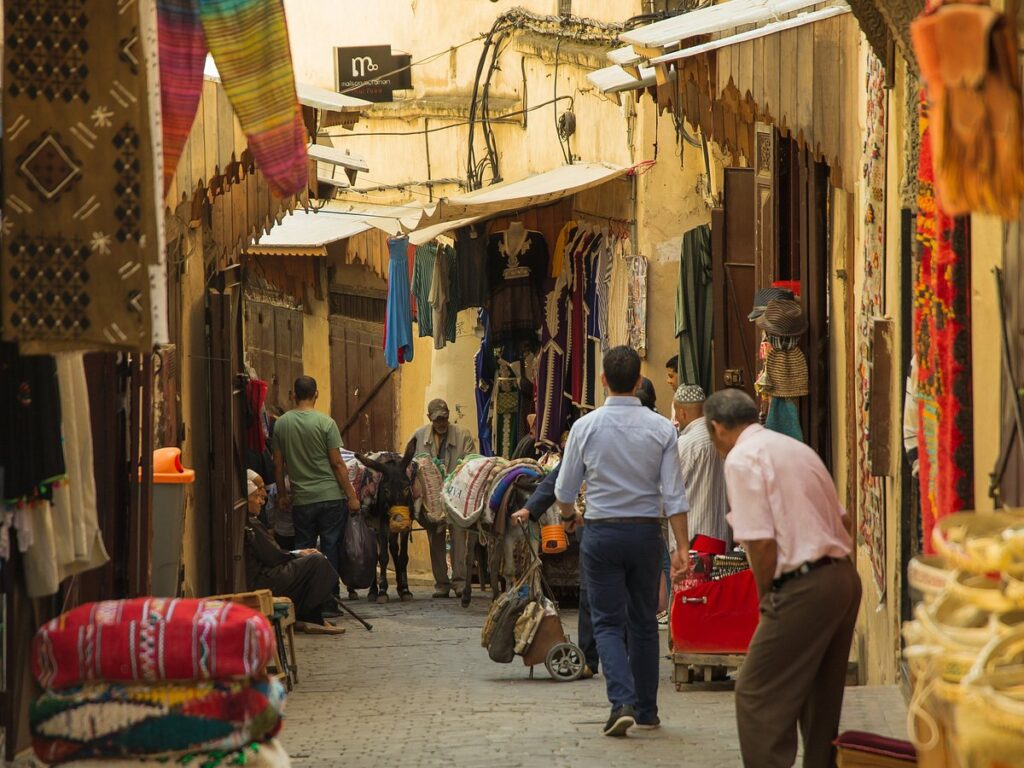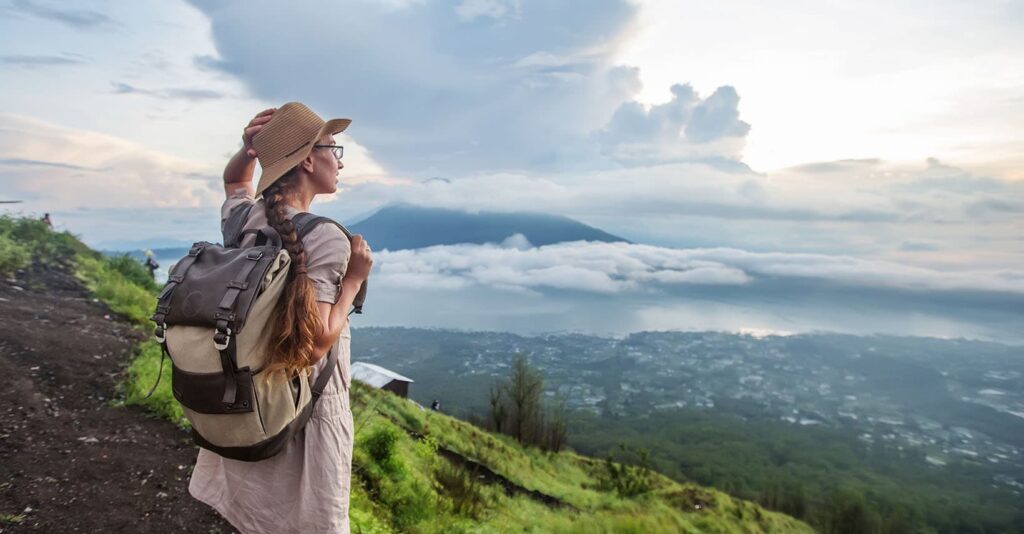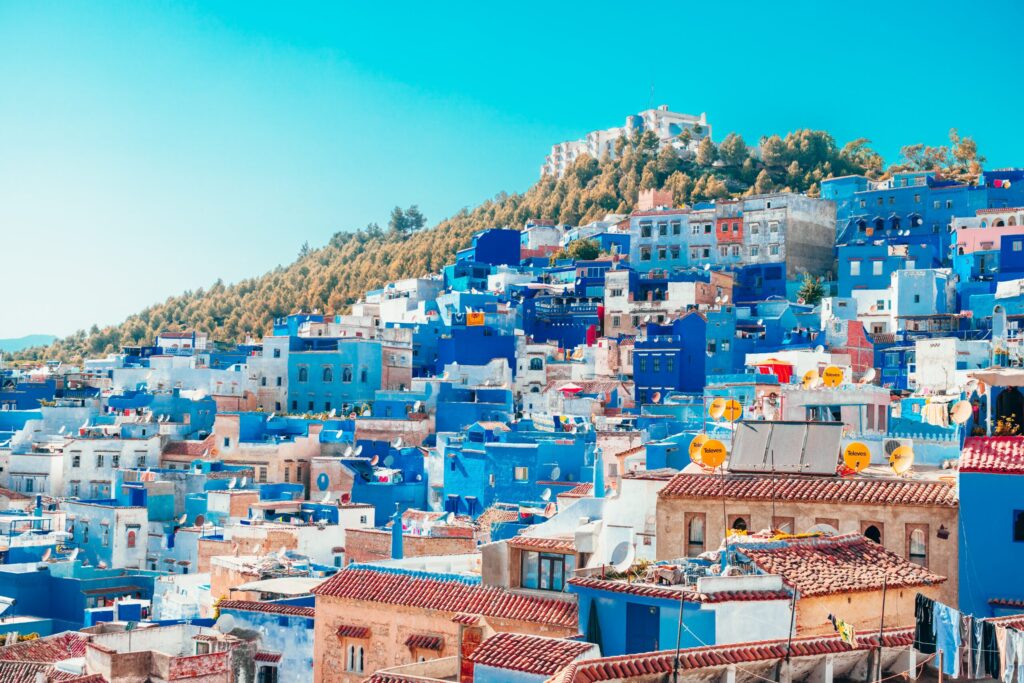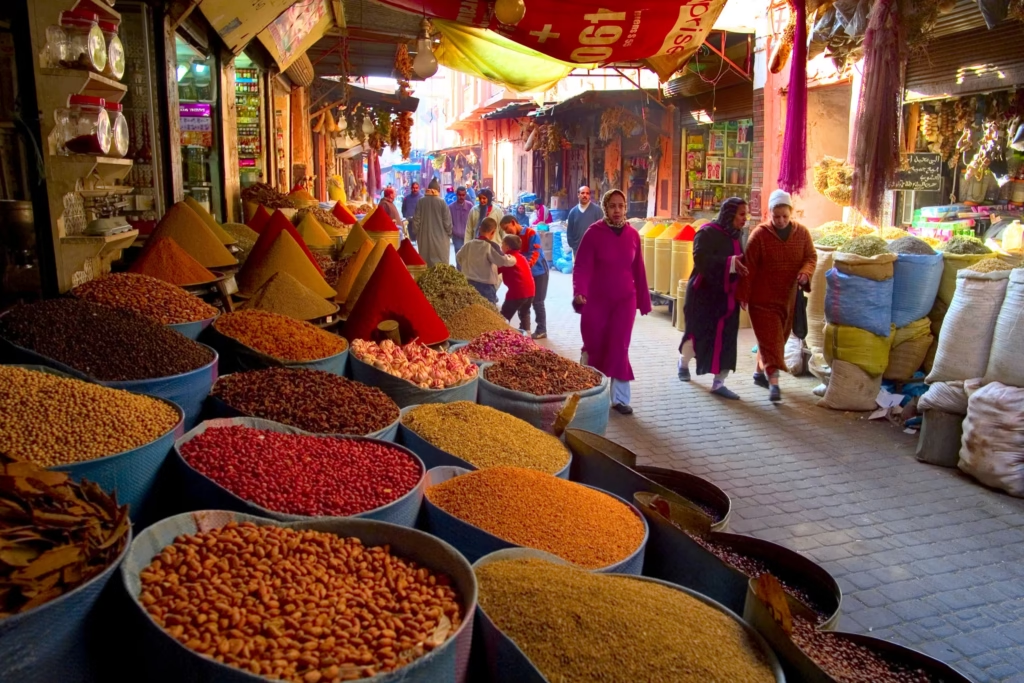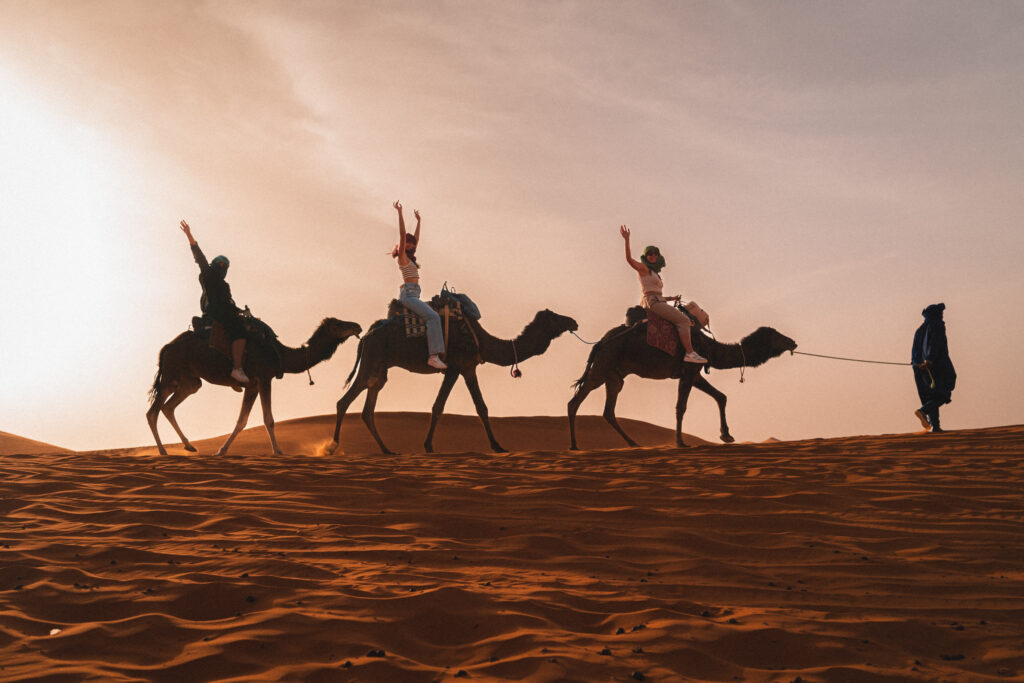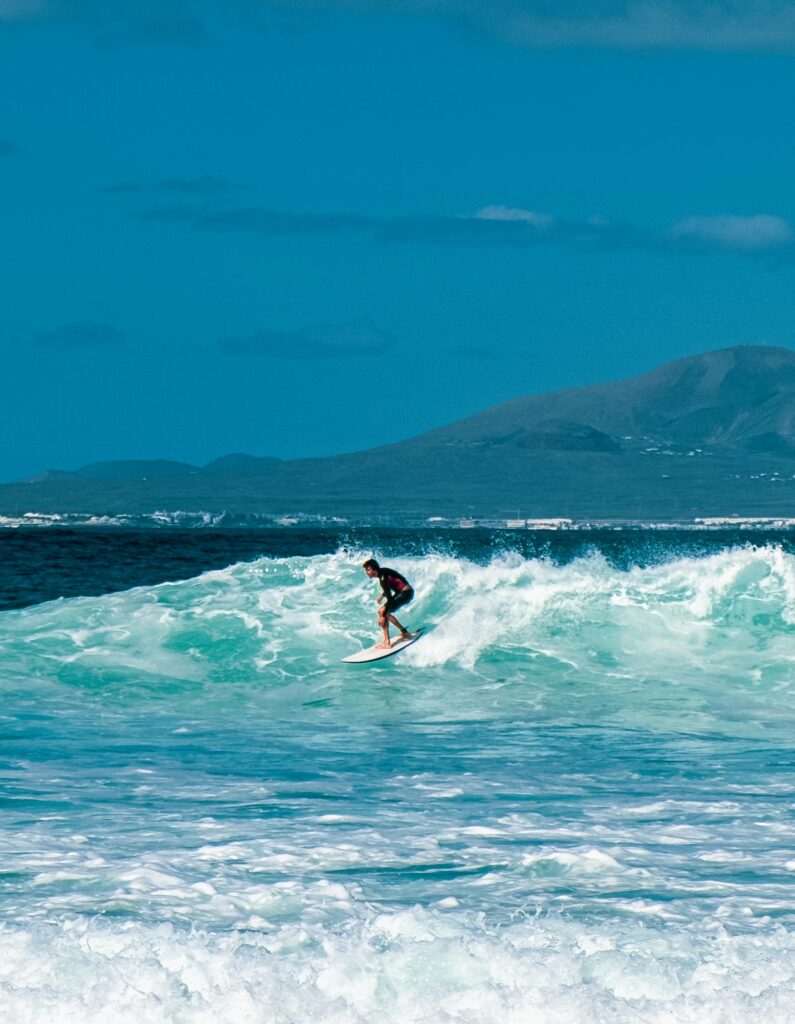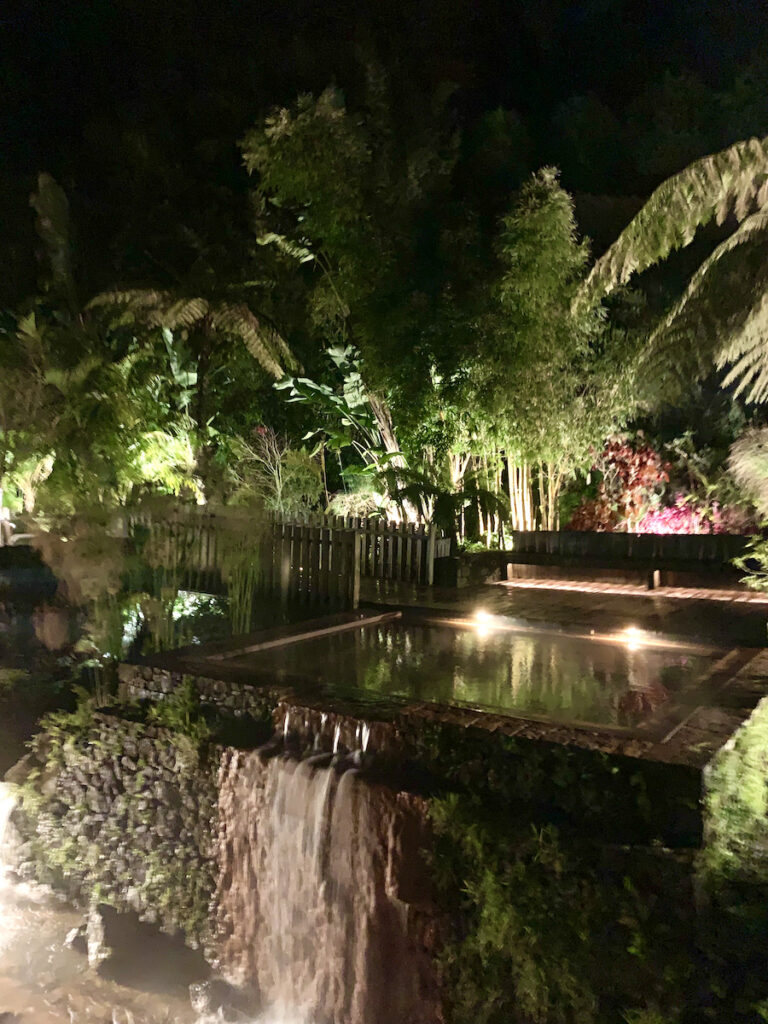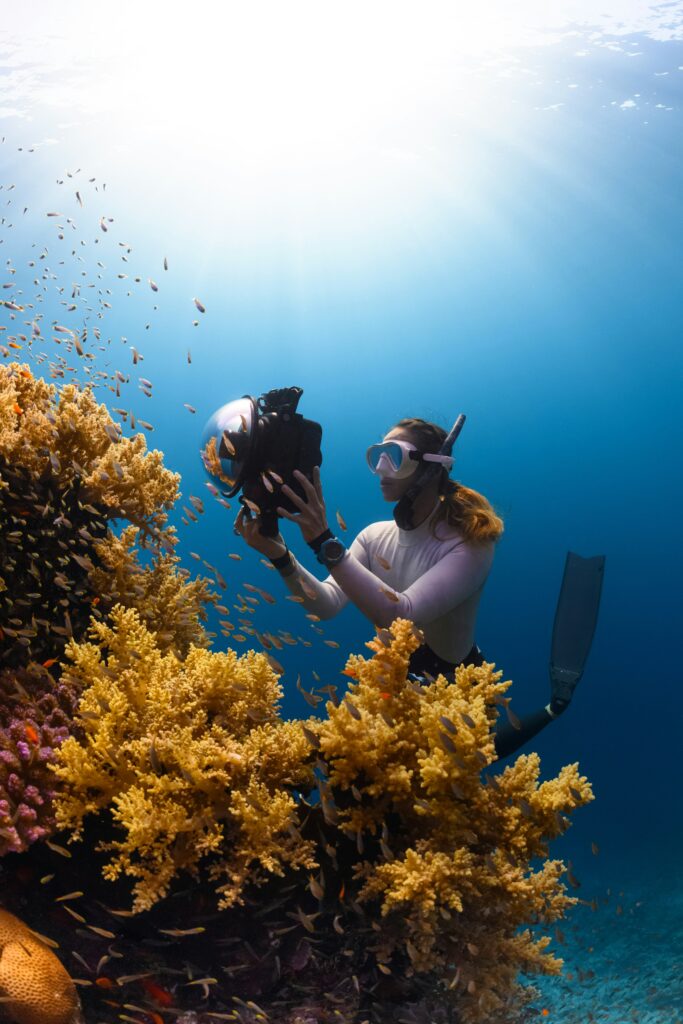Beyond Lisbon: Exploring Local Neighborhoods for Remote Work & Lifestyle
BEYOND LISBON Exploring Local Neighborhoods for Remote Work & Lifestyle Let’s explore some of Lisbon’s most characterful areas that are drawing remote professionals from around the world. Home / Lisbon has become one of Europe’s top destinations for digital nomads and remote workers. But beyond the tourist-packed streets of Baixa and Chiado lies a network of authentic neighborhoods where community, tradition, and modern convenience blend perfectly. Graça Tradition Meets Creative Energy Graça sits high on one of Lisbon’s famous hills, offering sweeping views of the city and the Tagus River. Known for its Miradouros (viewpoints), narrow streets, and timeless charm, Graça balances old-world Portugal with a growing creative scene. For digital nomads, Graça offers a slower pace while still being close to downtown. Cafés with Wi-Fi, local bakeries, and affordable apartments make it a practical base. The neighborhood is also famous for its lively festas in June, bringing a strong sense of community. Alfama The Soul of Lisbon Lisbon’s oldest district, Alfama, is a maze of cobbled alleys, tiled houses, and the haunting sound of Fado music drifting from taverns. While it’s touristy at first glance, many locals still call Alfama home, giving it a unique authenticity. For remote workers, Alfama can feel like living inside a postcard—morning coffees in small squares, afternoons spent working from a rooftop terrace, evenings exploring wine bars. The trade-off? Narrow streets and smaller apartments. But for those seeking atmosphere over space, Alfama delivers Campo de Ourique Community & Convenience Away from the hills and crowds, Campo de Ourique feels more residential and balanced. Known for its food market, leafy streets, and mix of families and expats, it’s a neighborhood with everything within walking distance. Remote workers value its co-working cafés, reliable infrastructure, and friendly vibe. It’s also well connected by tram and bus, making it easy to reach other parts of Lisbon. If you want a blend of community life and work convenience, Campo de Ourique is a strong choice. Intendente and Mouraria: Diversity and Innovation For those seeking an edgier vibe, Intendente and Mouraria are districts full of cultural fusion. Once overlooked, they’re now hubs of art, gastronomy, and entrepreneurship. International restaurants, street art, and coworking hubs make them hotspots for young professionals. The atmosphere is vibrant, sometimes chaotic, but always inspiring. Nomads who thrive in diverse, multicultural settings will find plenty of inspiration here. Why Local Neighborhoods Work for Digital Nomads Lisbon is not just about iconic tram rides and pastel-colored streets. Choosing the right neighborhood can shape your entire lifestyle as a remote worker. Graça gives you views and tradition, Alfama offers history and atmosphere, Campo de Ourique provides comfort and balance, while Intendente and Mouraria bring diversity and innovation. Final Thoughts Living beyond the central tourist zones allows remote workers to connect more deeply with Lisbon’s local culture, while still enjoying the infrastructure that makes the city a global nomad hotspot. BLOG & NEWS The Untold Story Sahara, Soft-Packed: From Dunes to Desert Camps • 11 de November de 2025 Gran Canaria for Nomads: Micro-Climates, Neighborhoods and Productivity Hotspots • 22 de October de 2025 Madeira Magic: Explore the Island’s Wonders • 15 de October de 2025 Azores Unplugged: Hot Springs, Crater Lakes & Whale Routes • 13 de October de 2025 Living Like a Local in Marrakech: A Cultural Immersion Guide • 17 de September de 2025 Best Practices When Traveling: Your Guide to Eco-Traveling Responsibly • 9 de June de 2025

